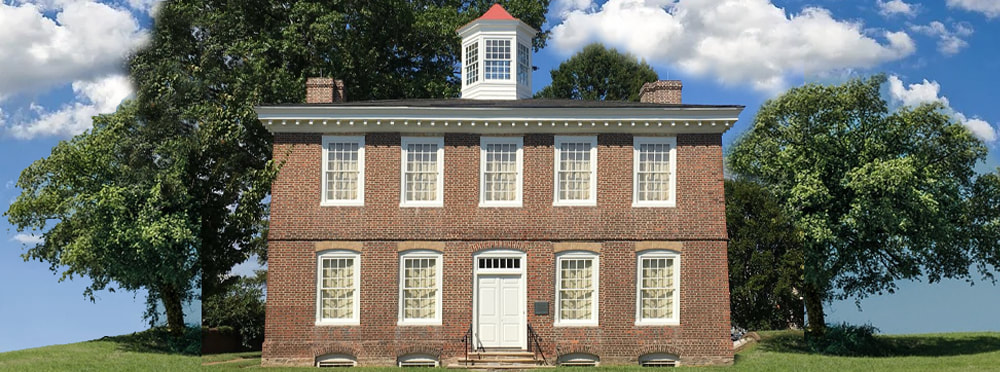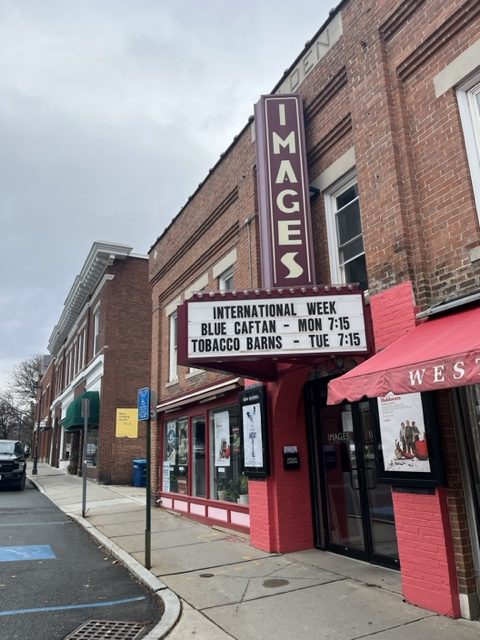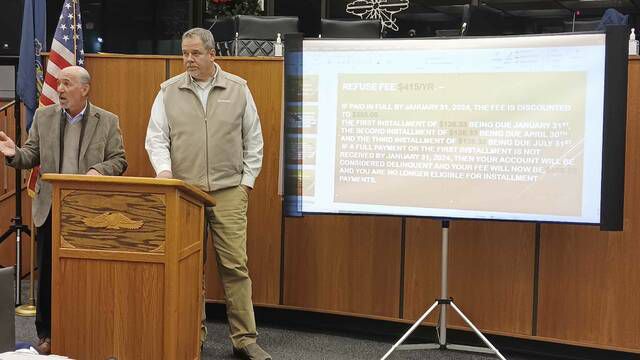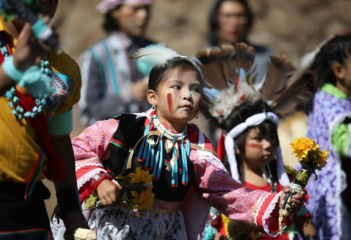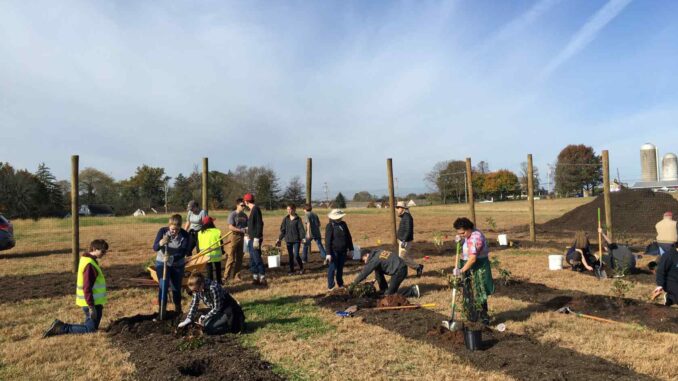
 Details
Details
Article by Erin Corcoran
Calling all green-thumbed Bears! Ursinus’s Food Forest continues to grow into the future.
The Food Forest, located a short walk from campus, is a 1.5-acre site for the campus community to grow native and non-native plants, trees, and food. Per the Food Forest’s website, “food forests mark a commitment to building reciprocal relationships with the region’s many food-producing native trees and shrubs as well as myriad other ecologically beneficial native and nonnative plant species.” The mission of this forest is larger than that, however. Dr. Patrick Hurley, Chair of Environmental Studies and the Food Forest Guardians, students who assist the Forest for academic credit, strive for the forest to help people reconnect with nature and provide opportunities for students to explore unique foods.
The Forest was created by an Environmental Studies (ENV) capstone course in 2017. Since then, there have been two more capstone classes that focused on planting, one in 2019 and the other in 2021. This year, the capstone course, Sustainability in the Suburbs, is continuing this planting initiative but also working with community partners, such as Philadelphia’s Friends Select School and the Lenape Tribe.
Along with departments on campus, the Food Forest also works closely with the Welcome Home Project. Hurley, states, “A key feature of the Welcome Home Project is the College’s commitment to ‘reconciliation among all our communities,’ a point that we at the Food Forest specifically take to mean the inclusion of plant species that are culturally important to members of the Delaware Tribe (one of the officially recognized communities of the Lenape people). Beyond simply including species such as smooth sumac (këlëkënikwënakw in Lenape, which has a flower bundle that can be used to make a lemonade-like drink) or…
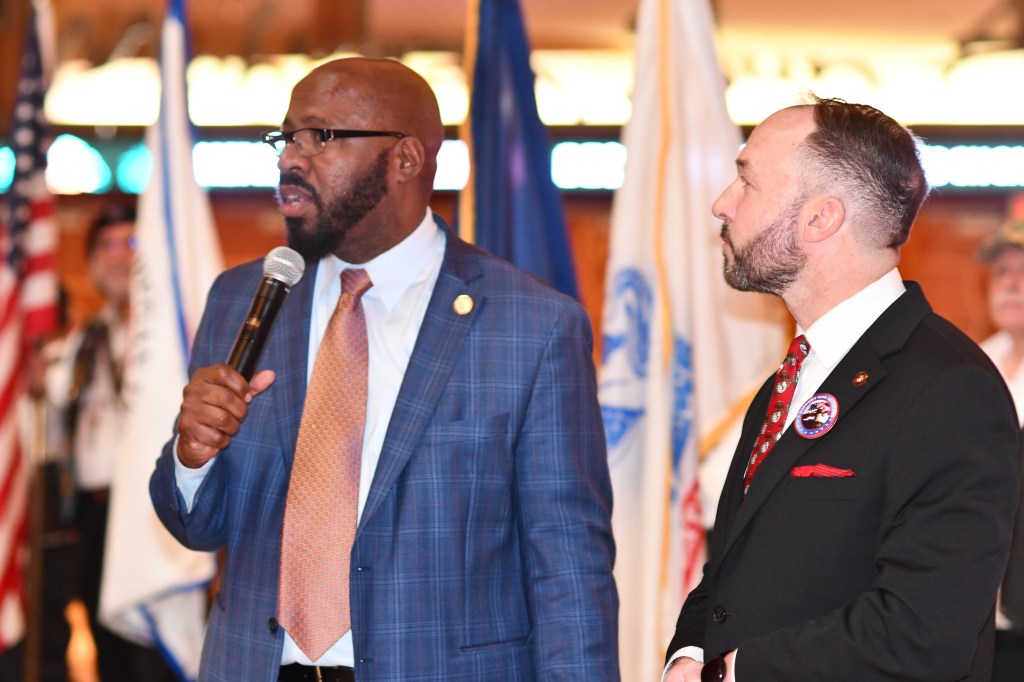
 Norwich veterans Danny Melton (left, U.S. Navy) and Russell Caudill (U.S. Army and CT Army National Guard) wait for the start of the 2023 Vets Rock event, held at the Mohegan Sun Casino on November 11. (Melanie Savage)
Norwich veterans Danny Melton (left, U.S. Navy) and Russell Caudill (U.S. Army and CT Army National Guard) wait for the start of the 2023 Vets Rock event, held at the Mohegan Sun Casino on November 11. (Melanie Savage) 